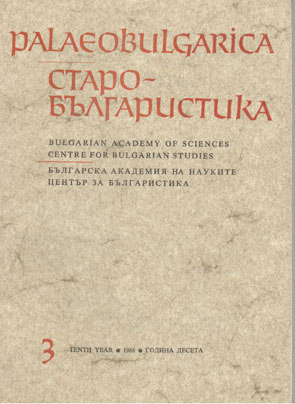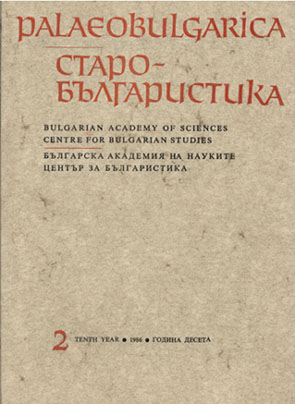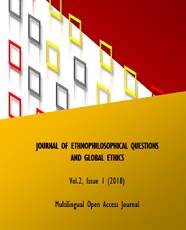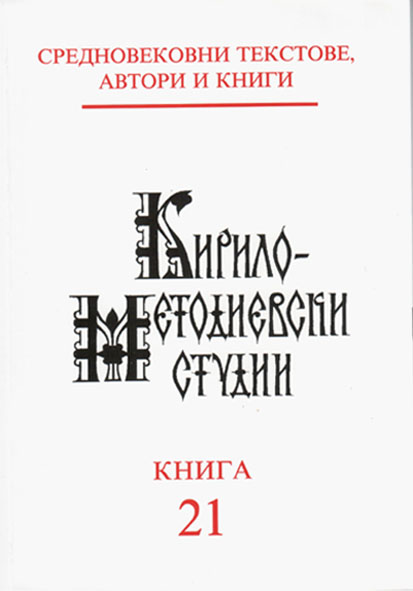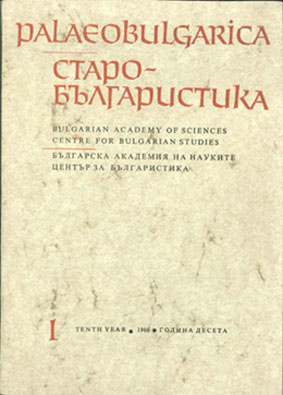ВИДСКИ ПАРОВИ У РУСИНСКОМ ЈЕЗИКУ
Aspectual pairs have not been given attention up to this point in the Ruthenian linguistics. The paper provides a list of 255 aspectual pairs that have been translated into the Serbian language. The author have tried to point out the most frequent models of forming aspectual pairs in Ruthenian. Almost half of the aspectual pairs are generated by prefixation, and the most common prefixes are по-, за- and -на. In this case the unprefixed verb represents the atotive member of the aspectual pair and the prefixed verb represents the totive member of the aspectual pair. Many aspectual pairs are formed by combining prefixation with suffixation. The most commonly used suffixes are -ова and -ну. Suffix -ова is characteristic of the atotive verbs and the suffix -ну is characteristic of the totive ones. Special attention has been paid to the aspectual pairs where the bases of the verbs differ (for ex. виходзиц ‒ висц, водзиц ‒ одвесц, вожиц ‒ одвезц, одходзиц ‒ пойсц etc.). All verbs of motion are atotive but only the verbs conveying situations that occur once are capable of forming the totive member of the aspectual pair.
More...
